Abstract
The African Union (AU), whose sphere of competence covers the entireAfrican continent with 55 Member States, can pride itself on presenting a more than satisfactory normative record. It is not surprising therefore, since normative action is one of the traditional activities of any international organization. In fact, the development and adoption of legal rules is primarily intended to give Member States the opportunity to establish standards of behavior which they consider necessary or useful to impose on themselves.
Nevertheless, and this must be noted from the outset,international affairs raise important political, diplomatic, legal, economic and other challenges with far-reaching consequences. The nature of these problemsrequires a degree of international cooperation achieved through multilateral negotiations, which entail discussions and consultations between representatives of three or more States with a view to reaching an agreement on an issue or a set of related issues. Even more substantially, multilateral negotiations are most often characterized by uncertainty, high issue complexity and a wide range of participating actors and interests. In that respect, international organizations, such as the African Union (AU), have emerged as institutionalized fora, appropriately structured to facilitate such complicated and multidimensional processes.
Neither should the negotiators – mostly State representatives, these “international lawmakers” – be able to conveyan unambiguous “normative message” expressing a real conviction that the adopted norm deserves to be. This concern highlights and throws into question the problems of the procedures and methods used for the legal drafting in the setting norms process within the AU. In fact, legal drafting is not an independent vector. It is a reflection of a series of considerations and factors that decode like a thermometer.
As AU and its institutions are established under international law, by means of a treaty, the Constitutive Act1, one must consider that this category of law has a significant influence on the organization’s working methods and the type of norms it adopts. De facto, the set of legal norms, developed within AU, consolidated and/or channeled into various legal instruments, comes together to form the Law of the African Union, which, in fact, constitutes a particular (regional) component of international law, and therefore naturally bears its essential characteristics.
However, for the setting up of jus scriptum, international law does not provide a ready-made solution. Admittedly, without prescribing any particular procedure, it focuses on the adoption of the text, its authentication, and the methods to be followed to express States’ consent to be bound by the text as well as its respect, its application and its interpretation. Even more, it does not deal with the preliminary stages of normative activity or some technicalities, such as the issue of legal drafting.
Unlike some international organizations such as the European Union (EU), the International Labour Organization (ILO) or UNESCO, the AU has so far not developed a manual or comprehensive guideline on legal drafting as part of its normative activities. Therefore, while focusing on legal drafting aspects as arising from the practice of the Union, this section intends to outline the procedure, the methods and conditions underwhich the “manufacturing” of the AfricanUnion Law is processed (III) before attempting to identify the issues and challenges facing this activity, as it presentsitself under present-day conditions (IV). Undoubtedly, in order to be able to assess the determinants of AU legal drafting, one needs to draw up a state of play to get a clear picture of the legal and contextual framework in which the AU performs its normative functions (I).

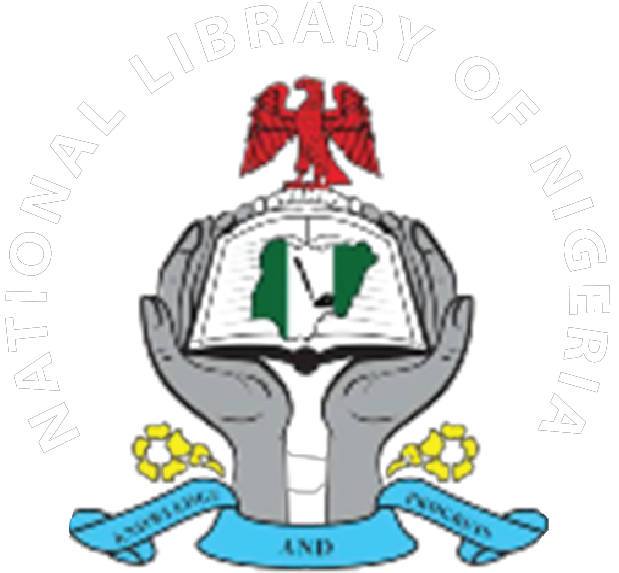
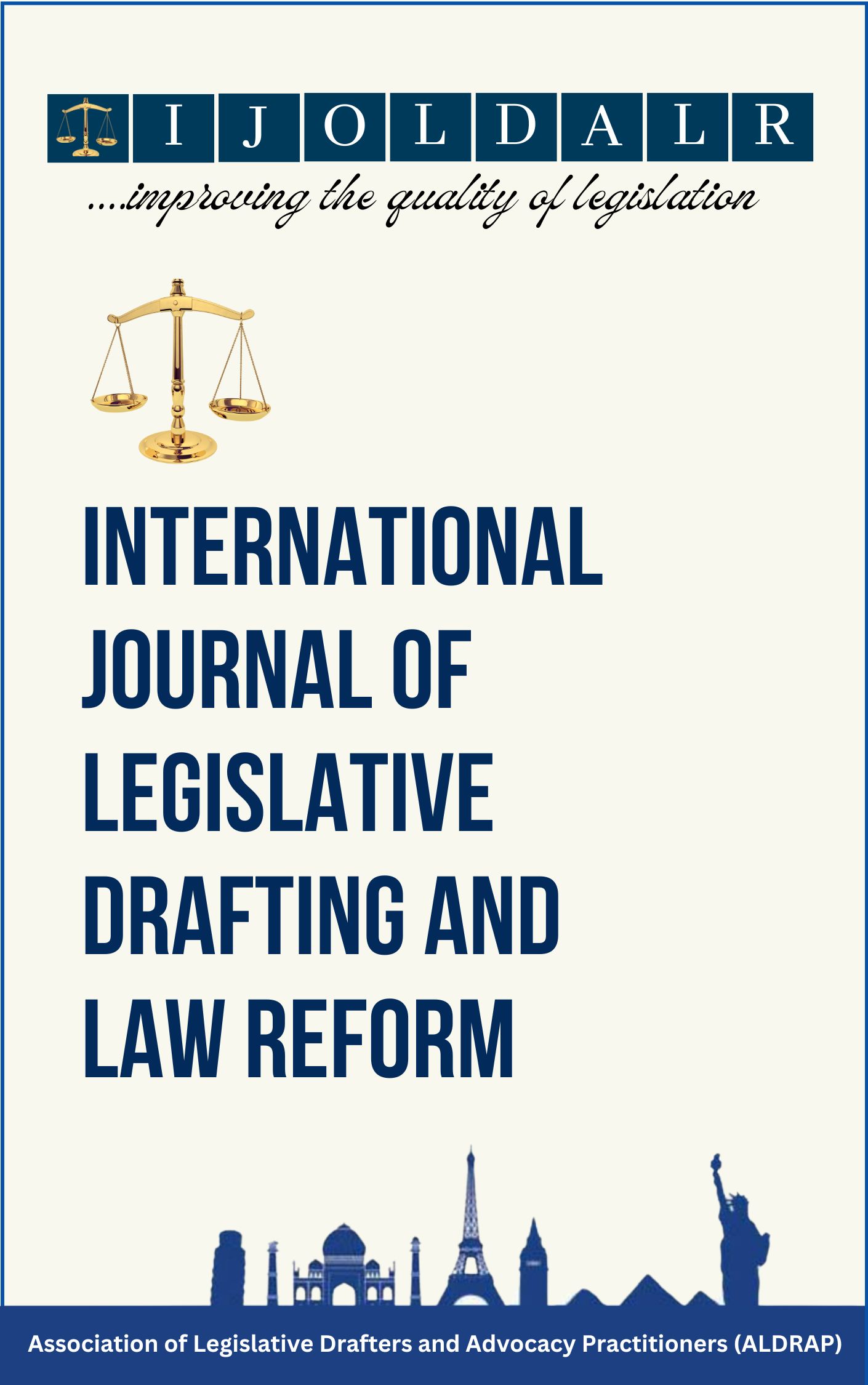
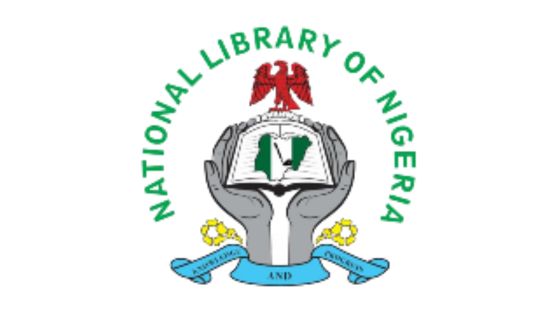 National Library of Nigeria
National Library of Nigeria.jpg) Association of Nigerian Authors
Association of Nigerian Authors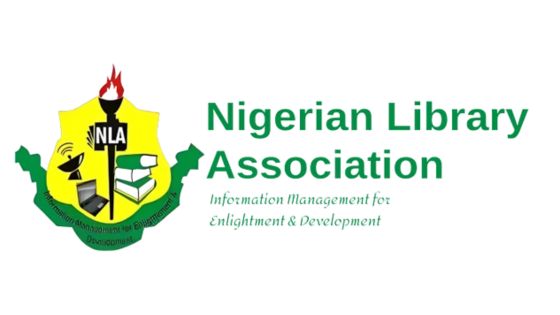 Nigerian Library Association
Nigerian Library Association EagleScan
EagleScan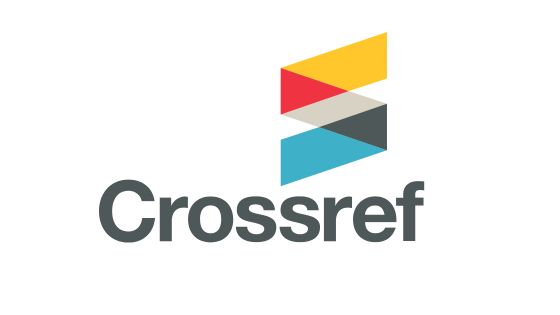 Crossref
Crossref